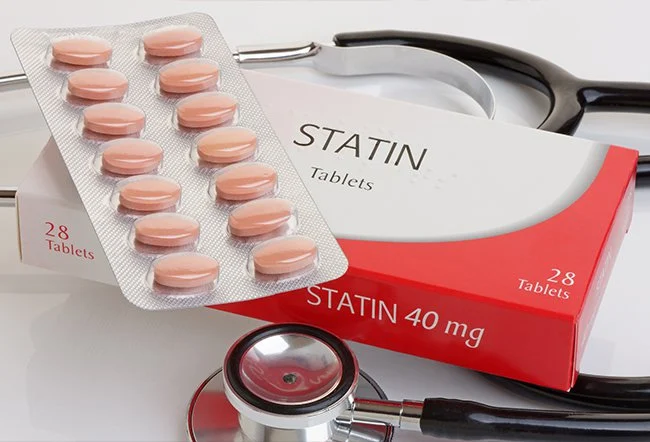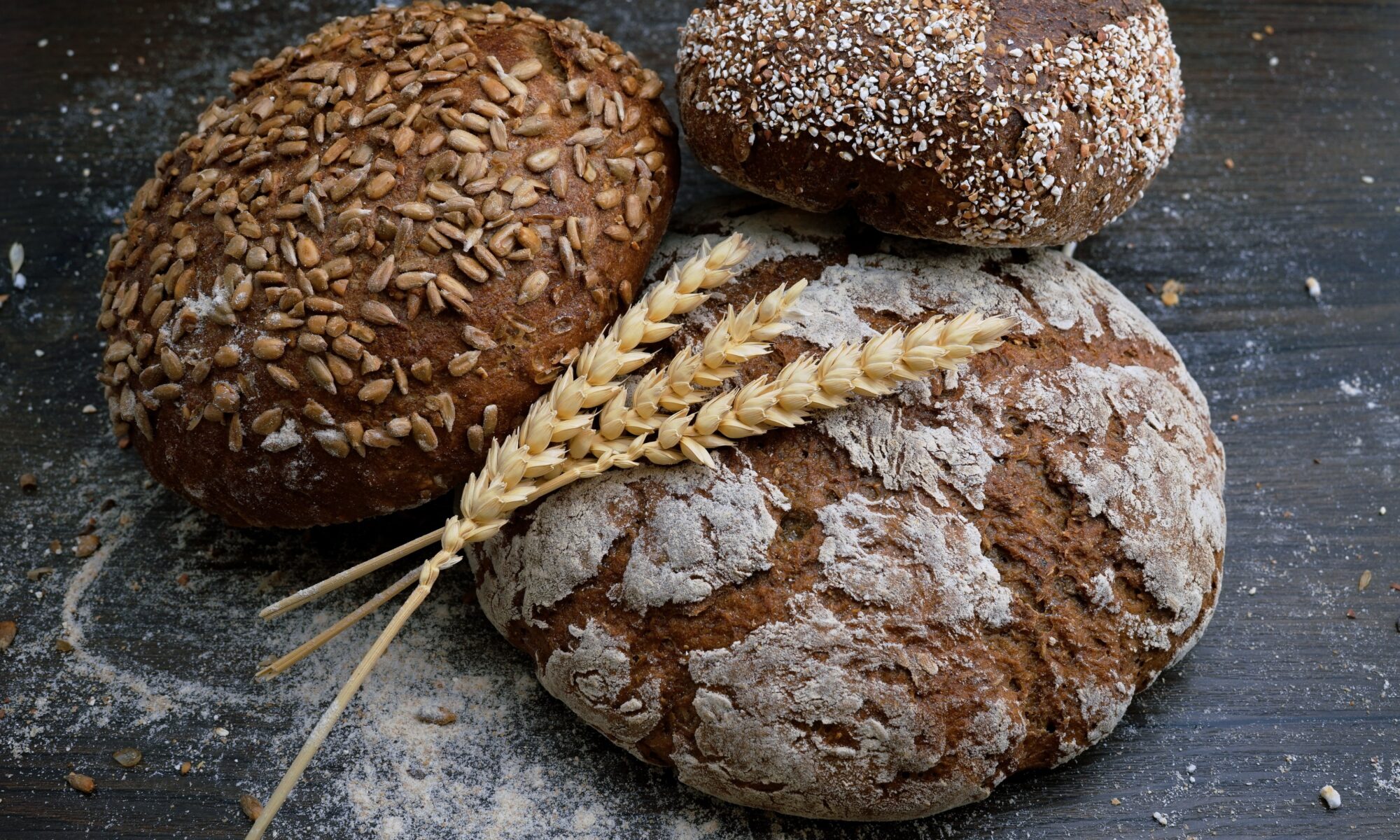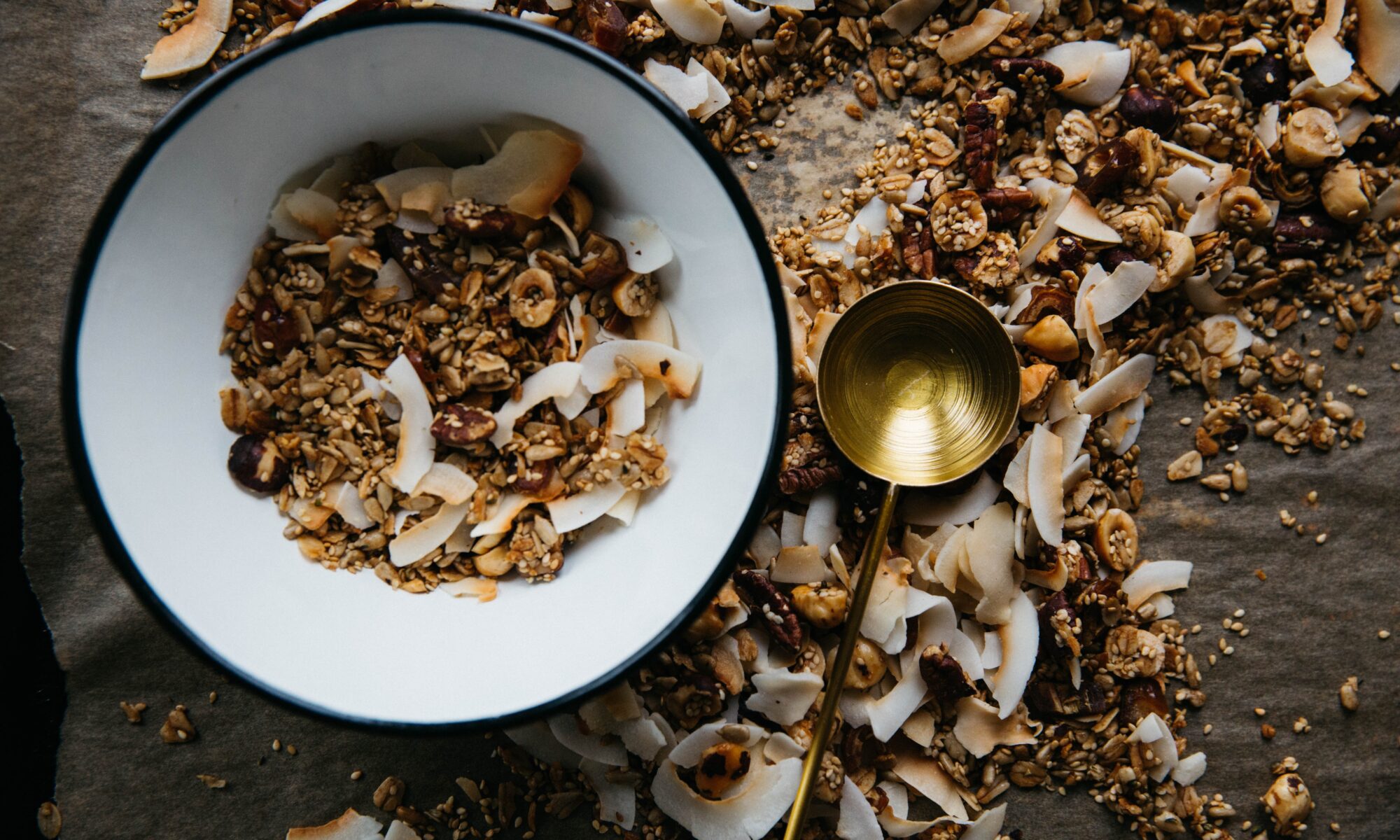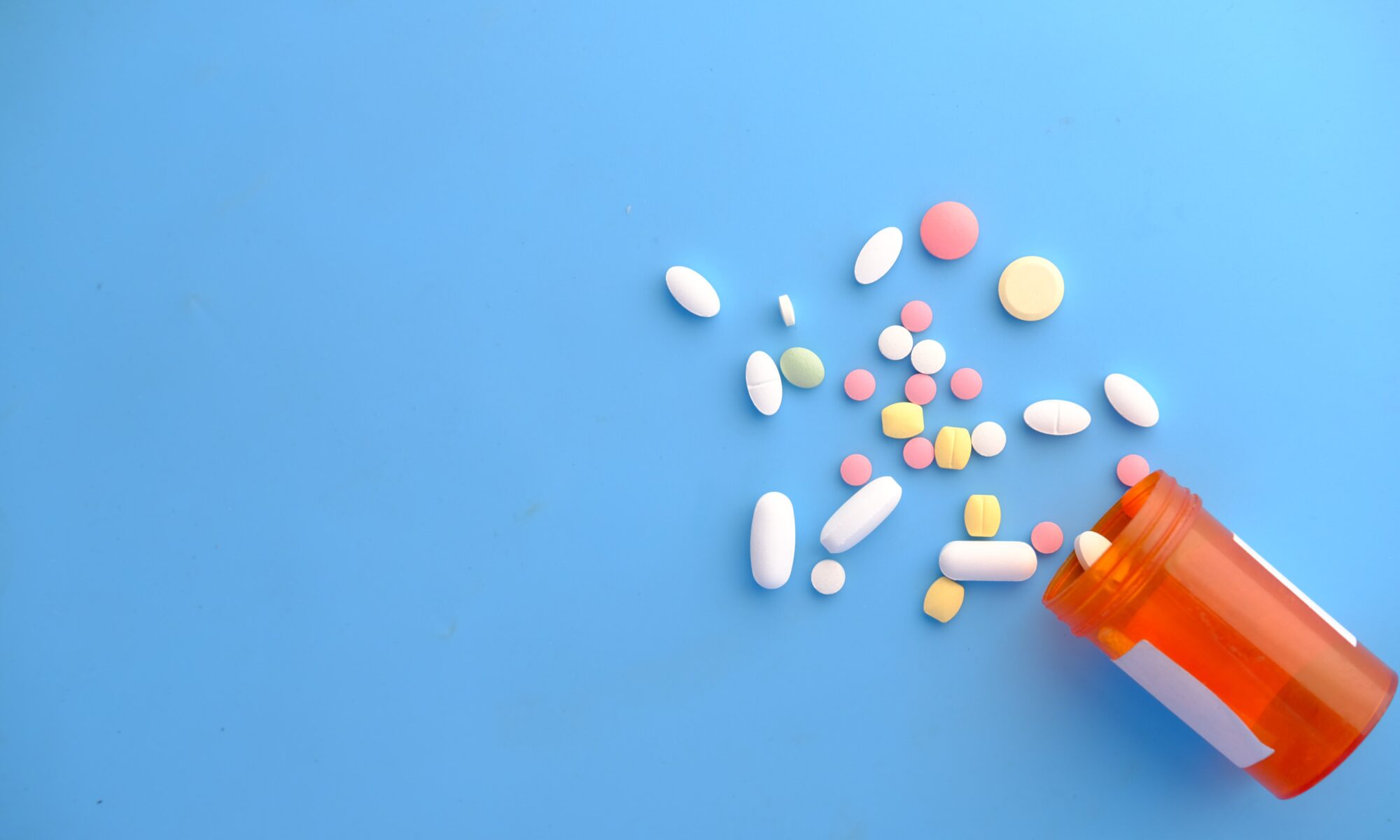Statins for Lowering Heart Disease: A Bogus Study Fuels False Claims
Do statins for lowering heart disease work? The headlines recently announced that low doses of statins reduce the risk of heart disease, while supplements do nothing.
For instance, a CNN headline from November 7 reads: “Don’t bother with dietary supplements for heart health, study says.”
ScienceBasedMedicine.org crows: “Study – For Lowering Cholesterol, Statins Work, Supplements Don’t.”
This blanket mainstream praise of statins for lowering heart disease comes from a new study: “Comparative Effects of Low-Dose Rosuvastatin, Placebo and Dietary Supplements on Lipids and Inflammatory Biomarkers.” The study was conducted by an impressive team of researchers from several esteemed institutions, including the Cleveland Clinic and the University of Pennsylvania.
Let’s take a closer look.
Continue reading “A Bogus Study Makes False Claims About Statins Versus Supplements“






